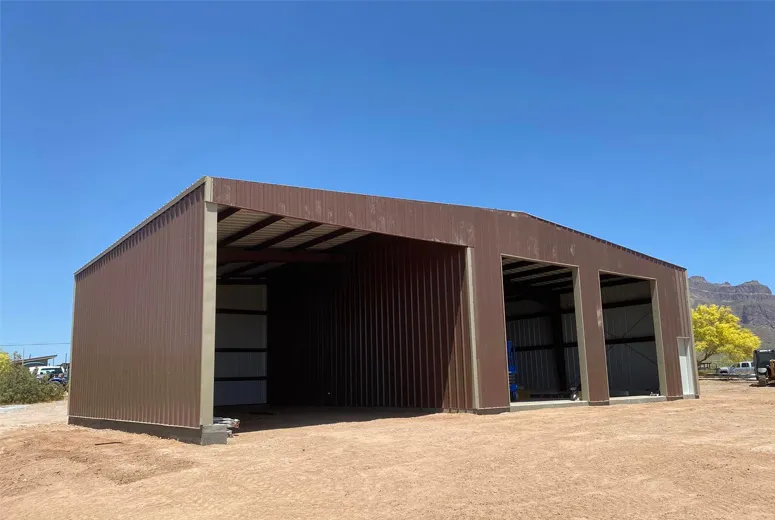- Afrikaans
- Albanian
- Amharic
- Arabic
- Armenian
- Azerbaijani
- Basque
- Belarusian
- Bengali
- Bosnian
- Bulgarian
- Catalan
- Cebuano
- Corsican
- Croatian
- Czech
- Danish
- Dutch
- English
- Esperanto
- Estonian
- Finnish
- French
- Frisian
- Galician
- Georgian
- German
- Greek
- Gujarati
- Haitian Creole
- hausa
- hawaiian
- Hebrew
- Hindi
- Miao
- Hungarian
- Icelandic
- igbo
- Indonesian
- irish
- Italian
- Japanese
- Javanese
- Kannada
- kazakh
- Khmer
- Rwandese
- Korean
- Kurdish
- Kyrgyz
- Lao
- Latin
- Latvian
- Lithuanian
- Luxembourgish
- Macedonian
- Malgashi
- Malay
- Malayalam
- Maltese
- Maori
- Marathi
- Mongolian
- Myanmar
- Nepali
- Norwegian
- Norwegian
- Occitan
- Pashto
- Persian
- Polish
- Portuguese
- Punjabi
- Romanian
- Russian
- Samoan
- Scottish Gaelic
- Serbian
- Sesotho
- Shona
- Sindhi
- Sinhala
- Slovak
- Slovenian
- Somali
- Spanish
- Sundanese
- Swahili
- Swedish
- Tagalog
- Tajik
- Tamil
- Tatar
- Telugu
- Thai
- Turkish
- Turkmen
- Ukrainian
- Urdu
- Uighur
- Uzbek
- Vietnamese
- Welsh
- Bantu
- Yiddish
- Yoruba
- Zulu
Dec . 17, 2024 05:40 Back to list
Foundations for Steel Frame Buildings An Overview
Steel frame buildings, known for their strength, durability, and flexibility, have become a cornerstone in modern architecture, particularly in commercial structures and high-rise developments. However, the success of these structures hinges significantly on their foundation systems. This article explores the critical aspects of foundations for steel frame buildings, focusing on design considerations, types of foundations, and the importance of proper installation.
Importance of Foundations
The foundation of a steel frame building serves as the essential interface between the structure and the ground. It bears the weight of the building, distributing loads to prevent settlement and structural failure. An improperly designed or executed foundation can lead to severe consequences, including cracks in the steel frame, uneven floors, and in extreme cases, catastrophic structural collapse. Therefore, careful consideration must be given to foundation selection and design, accounting for factors such as soil characteristics, load requirements, and site conditions.
Types of Foundations
There are several types of foundations suitable for steel frame buildings, each with its pros and cons.
1. Shallow Foundations These foundations are typically used when the soil has sufficient bearing capacity close to the ground surface. Common types include spread footings, slab-on-grade, and mat foundations. Spread footings are designed to distribute loads over a broad area, making them suitable for smaller buildings. Slab-on-grade foundations are often used in one-story structures, providing a continuous concrete surface that minimizes moisture issues. Mat foundations are larger slabs that support significant loads, generally used in larger commercial structures.
2. Deep Foundations When surface soils are weak or unstable, deep foundations are necessary. Pile foundations, which can be made of concrete, steel, or wood, extend deep into the earth to reach stronger soil layers. This type is especially useful for high-rise steel frame buildings where the load-bearing requirements are substantial. Drilled shafts, another form of deep foundation, involve boring deep holes and filling them with concrete, providing an effective solution for large loads and challenging soil conditions.
Design Considerations
foundations for steel frame buildings

Designing foundations for steel frame buildings involves a thorough analysis of several critical factors
- Load Assessment Understanding the loads that the foundation must support is paramount. This includes dead loads (permanent/static loads from the structure) and live loads (temporary/dynamic loads from occupants, furniture, and equipment). The design must also account for wind and seismic loads, depending on the building’s geographical location.
- Soil Analysis A comprehensive geotechnical investigation must be conducted to determine the soil properties. Factors such as soil type, bearing capacity, water table level, and settlement potential play a vital role in deciding the foundation type.
- Settlement Considerations Even with careful design, some amount of settlement is natural and must be anticipated. Differential settlement (uneven sinking) can cause significant problems for steel frame buildings. Techniques such as using flexible connections in the steel frame can help accommodate minor movements without structural damage.
Installation and Quality Control
The quality of foundation installation is crucial for the overall integrity of steel frame buildings. Throughout the construction process, rigorous quality control measures must be enforced. This includes
- Site Preparation Ensuring that the site is properly cleared and leveled before foundation work begins. - Material Quality Using high-quality materials that meet the specified standards for foundations. - Inspection Procedures Regular inspections during the pouring of concrete and installation of foundation elements are vital to detect any discrepancies early.
Conclusion
In conclusion, the foundation of a steel frame building is a critical component that ensures structural stability and longevity. By selecting the appropriate type of foundation, considering load requirements, conducting thorough soil analysis, and adhering to stringent installation standards, developers and engineers can create robust foundations that support the dynamic needs of modern skyscrapers and commercial buildings. As construction technology advances, ongoing research and innovation will further enhance foundation solutions, paving the way for even more ambitious architectural designs in the future.
-
Cold Formed Steel Residential Framing
NewsMay.21,2025
-
Innovative Steel Structure Building Solutions
NewsMay.19,2025
-
Innovative Prefab Metal Shed Solutions
NewsMay.19,2025
-
Durable Steel Horse Shelter Solutions
NewsMay.19,2025
-
Durable Metal Shed Solutions
NewsMay.19,2025
-
Durable Big Metal Shed Solutions
NewsMay.19,2025
Products categories
Our Latest News
We have a professional design team and an excellent production and construction team.












